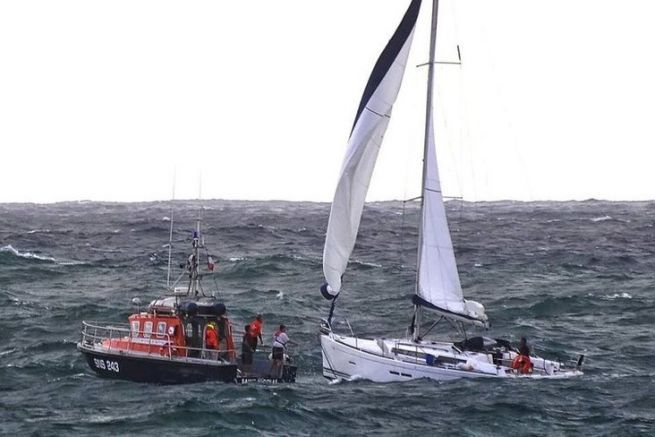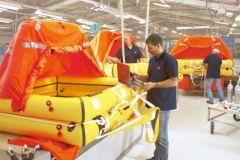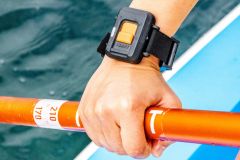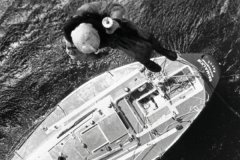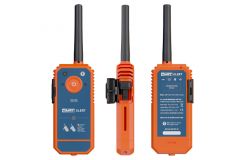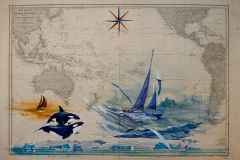Declared Endangered ( man overboard, collision, piracy.. ), you are considering launching a distress call. Knowing who will handle the message before the broadcast will allow you to agree on the most effective means.
Select your radio equipment according to your range
A cellular telephone This can be used to contact the authorities by dialling 196 gate at a short distance from the coast, 2 miles at the most.
A Portable VHF type walkie-talkie door, with 5 watts of power and a quarter-wave dipole antenna about ten miles away.
A Fixed VHF with its full wave antenna and 25 watts of power will effectively carry a range of 20 to 50 miles (depending on the height of the antenna).
A emergency beacon on board ( ePIRB type ) operating on 406 MHz carries to a satellite (since satellites cover the globe, the range becomes global).
Finally, a PLB ( Personal Locator Beacon ), under the same conditions of deployment of the antenna has the same satellite coverage as the EPIRB, i.e. worldwide.
In short, it is primarily the location at the time of the incident that will determine which means to use.
Who's handling the calls?
When you dial 196 to call CROSS, the call is routed to the regional establishment according to the location of the GSM cell with which your mobile is registered. Therefore, a satellite phone, regardless of the operator, should not be used to make a call to this number.

In voice with VHF
In VHF voice ( fixed as mobile phone ), all vessels monitoring the emergency channel ( 16 ) will be able to hear your appeal. The competent authority, CROSS or a semaphore under its authority will acknowledge receipt of the message for its consideration.
On HF (SSB), all equipped vessels on this frequency will hear your alert and, like VHF, will be able to relay your message if necessary. The processing of the call will be handled by one of the MRCCs ( Maritime Rescue Coordination Center ), equivalent to CROSS outside French territory.
By digital means (DSC and beacons)
VHF DSC works differently. The principle of Digital Selective Calling (DSC) is to choose who will be alerted to your message. In the case of a distress alert ( except for the piracy alert ), all vessels within range will pick up the message and a specific audible alert will sound to indicate the reception of a distress call. Until a land station indicates that it has received and processed your call ( by acknowledgement ), your alert will be broadcast every 4 minutes on the air. In keeping with the principle of assistance that we all owe each other at sea, a vessel receiving this alert must acknowledge receipt and act accordingly, for example by diverting itself. This acknowledgement is not equivalent to triggering assistance, which is the responsibility of the authorities. It is therefore, here too, CROSS that will take charge of your request for action.
The difference is if you need to issue an alert for piracy. In this case, only ground stations ( the authorities therefore ) will be recipients of the message, which only sounds an alarm for their equipment, no other vessels will be alarmed by this voice, thus avoiding arousing the suspicions of potential attackers.
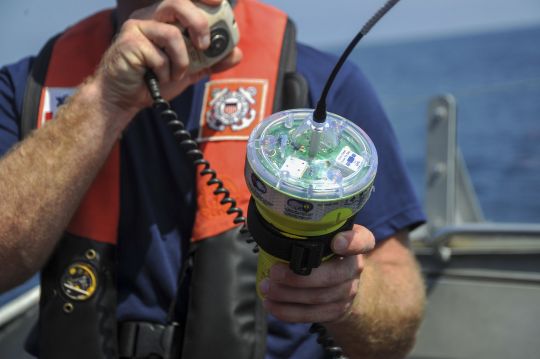
Both EPIRB and PLB work in the same way. The first ones float and can even be triggered automatically. The PLBs are attached to the life jacket and are always manually activated. The alert they generate, received by the satellite, is immediately transmitted to a reception centre on the ground, such as the CNES in Toulouse. This alert will be transmitted to a mission control centre, the motorway interchange for these alerts. It is this centre that will discriminate the alerts by the ship's MMSI and will be able to dispatch them to MRCCs around the world. In the case of a vessel flying the French flag, it is the CROSS at Cap Gris-Nez, in the Pas de Calais, which will receive the alert in question. It will then apply standard procedures in the event of an alert, the first being to attempt to contact the vessel by any means known to the authorities.
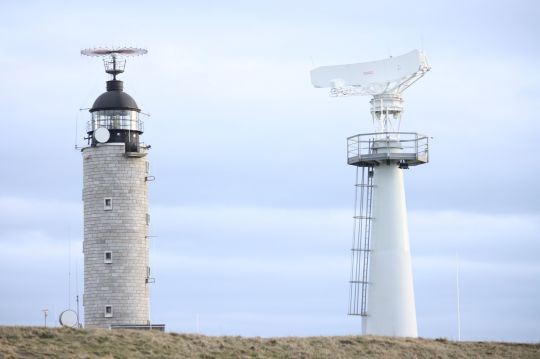
Importance of recording correct information
This is the part that most often causes difficulties. What are the up-to-date and efficient ways to contact this or that ship? The soldiers at the rescue organisation centre have no more means of contact than the ones you provided them with when you registered your beacon. And it is your responsibility, as the owner of the vessel, to update them as much as necessary for your safety.
